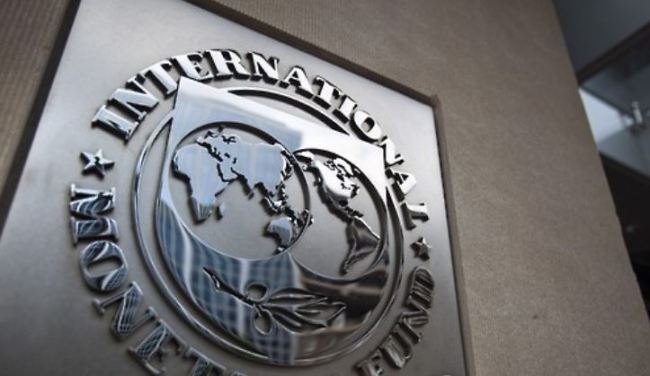A report by the International Monetary Fund showed Sunday that South Korea’s potential growth rate will hover at low 2 percent levels in the 2020s and dip to the 1 percent range in the 2030s due to various factors.
The Washington-based global monetary organization said in its assessment of annual talks with South Korean policymakers, Asia’s fourth-largest economy will face tough challenges in productivity and distortions in the country’s labor market.
It said Seoul needs to expand its social security net and do more to bolster its productivity, as well as reform the labor sector.
The IMF pointed out that while the economy has entered a recovery stage at present, its growth potential is steadily falling.
It said that while the country’s GDP grew by 3.2 percent in 2017, numbers will edge down to 3 percent this year and stand at 2.9 percent in 2019. Growth will further fall to 2.8 percent in 2020 and 2.7 percent in the following year before hitting 2.6 percent in 2022.
The organization said the country’s growth potential, as estimated based on “extended multivariate filters,” will stand around 2.2 percent in the 2020s and fall to around the 1 percent level in the 2030s.
To overcome such developments, the IMF said the country needs to improve its productivity and make it easier for people to find work. This entails structural reforms and expanded use of fiscal resources.
It said an injection of funds into infrastructure can positively affect productivity. It said support for child care and more aggressive labor policies can allow more people to join the workforce, which is critical for pushing up growth potential figures.
The IMF said South Korea needs to do more to ease restrictions related to production and hiring, and increase taxes on consumption and assets.
It claimed that if the country successfully pulls off necessary reforms in the coming years, its growth potential can move up 0.6 percentage point from what it would be without such changes.
The organization, moreover, said if the right choices are made, South Korea’s long-term growth should improve and it will be less susceptible to external shocks, since domestic growth will become more important. South Korea currently is dependent on trade to fuel its growth.
It said that in the next decade the country’s current account surplus compared with the GDP will fall by around 2 percent and its fiscal deficit can rise 1.5-3 percentage points that can cause the national debt to jump by some 30 percentage points.
The IMF, meanwhile, said that while the country can cope with the 16.4 percent spike in minimum wage this year, further hikes need to be approached very carefully.
The base wage that employers must give to workers was marked up to 7,530 won ($6.97) per hour, from 6,470 in 2017.
It said the rise can boost consumption since it is backed by solid economic growth, although the pay increase can actually trigger unemployment and adversely affect the economy as a whole.
The global organization said that the government’s plans to provide employers with 3 trillion won to help pay for the hike in wages should be a temporary move to reduce shock and not be repeated. (Yonhap)


